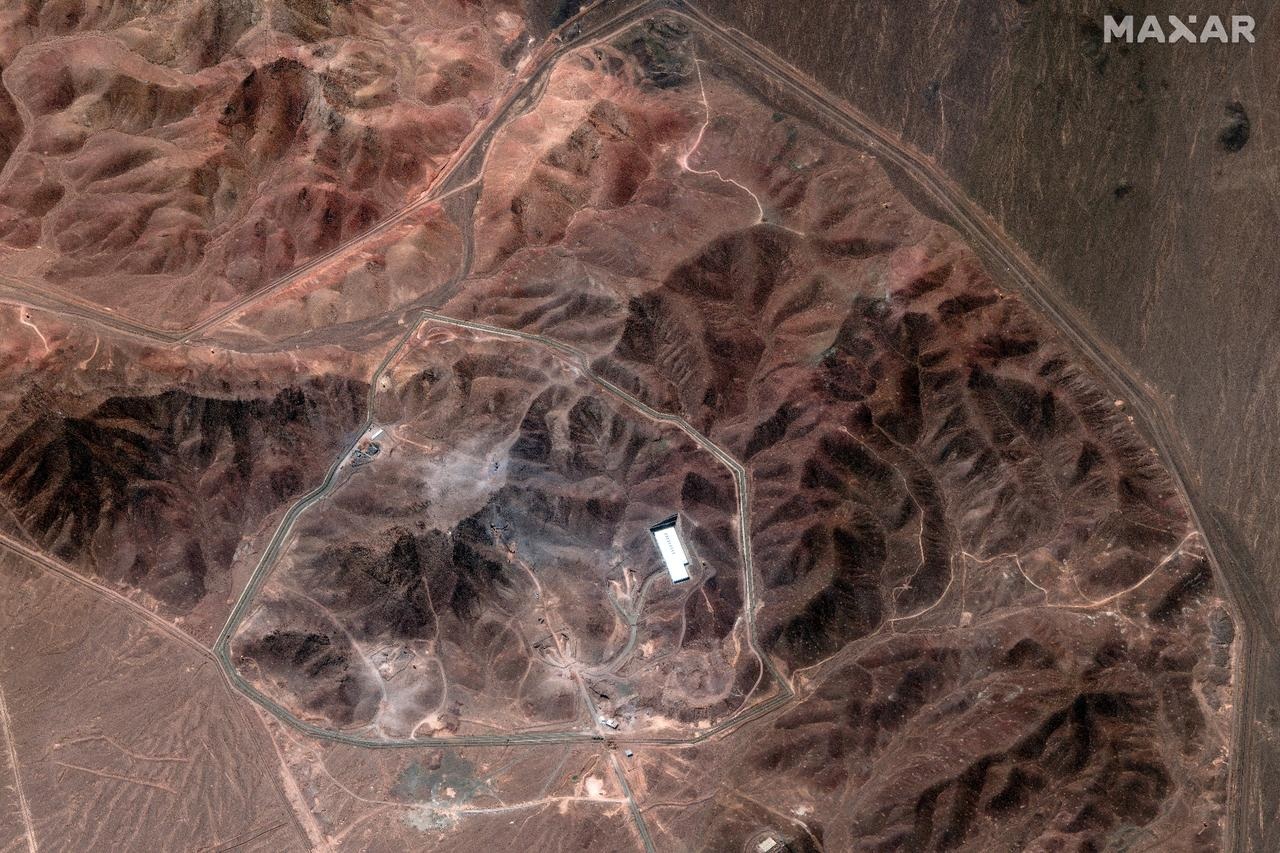Recent U.S. media reporting and leaked intelligence assessments are challenging former President Donald Trump’s bold declaration that American and Israeli strikes last month “obliterated” Iran’s nuclear capabilities.
According to outlets such as The Washington Post, NBC News, and Reuters, only the deeply buried Fordow enrichment site suffered serious structural damage, while the Natanz and Isfahan facilities appear largely intact
Fordow hit hard, but uncertainty remains
Fordow was the main target of B‑2 stealth bombers dropping 12 GBU‑57 Massive Ordnance Penetrator bunker-busters.
U.S. officials confirm the underground infrastructure was collapsed, possibly setting back enrichment operations there by up to two years
However, questions linger on whether the centrifuges themselves, a central component of uranium enrichment—were destroyed or relocated before the attack
The IAEA and intelligence sources warn that without inspecting the site, the full extent of damage cannot be confirmed
Natanz & Isfahan largely unharmed
The attack on Natanz, already struck by Israeli forces days earlier, received two bunker-busters.
While surface-level destruction was evident, U.S. intelligence suggests that critical underground areas were spared or only superficially damaged.
Isfahan’s deeply buried facilities were reportedly deemed “pretty much impenetrable,” resulting in only surface installations being hit via Tomahawk missiles
Leaked intelligence contrasts with public messaging
A preliminary Defense Intelligence Agency (DIA) assessment, classified but later leaked, indicated the strikes caused only temporary delays, measured in months, not complete destruction
Despite this, both the Pentagon and White House have vocally upheld Trump’s rhetoric, repeating that Iran’s facilities were “completely and totally obliterated”
IAEA warns against premature conclusions
IAEA Director Rafael Grossi emphasized the need for on-the-ground inspections, stating that satellite data alone cannot fully assess underground damage or detect potential uranium spread
Grossi also pointed out that no abnormal radiation readings have been found, suggesting Iran successfully removed its enriched uranium before the raids
The whereabouts of Iran’s uranium stockpile remain uncertain; satellite imagery reveals significant pre-attack movements, hinting at a possible relocation effort
Potential for renewed nuclear activity
IAEA estimates warn Iran could restart uranium enrichment “in a matter of months,” even if Fordow remains offline for a while
Iran’s leaders, including Supreme Leader Khamenei, acknowledged the damage but criticized Trump’s words as exaggerated, suggesting the strikes undercut diplomacy but strengthened Iran’s resolve
Meanwhile, Israeli officials, who originally triggered the confrontation, support the U.S. narrative while warning of additional strikes if Iran attempts to rebuild its nuclear program
Regional stability and future diplomacy
The 12-day conflict, which began with Israel’s June 13 missile strikes and escalated when the U.S. joined via “Operation Midnight Hammer” on June 22, inflicted widespread damage.
The damage included those on military sites, civilian infrastructure, and reportedly caused both Iranian and Israeli civilian casualties
Iran retaliated with missile strikes against U.S. forces in Qatar, some of which breached defenses and impacted Al Udeid Air Base—marking a significant escalation.
Despite a ceasefire and expressed interest in diplomacy from both Washington and Tehran, upcoming talks remain uncertain.
European actors are preparing “snap-back” sanctions under the 2015 JCPOA framework as tensions simmer.
Iran maintains its nuclear pursuits are peaceful and will only consider negotiations under equitable terms, while insisting that the U.S. broke the previous deal in 2018.



